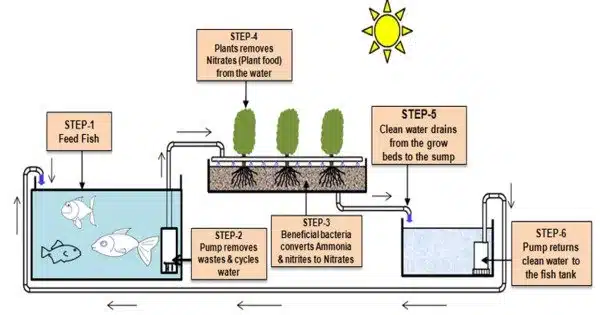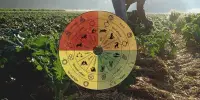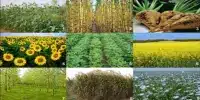Aquaponics is a food production system that combines aquaculture (raising aquatic creatures such as fish, crayfish, snails, or prawns in tanks) and hydroponics (growing plants in water) by feeding nutrient-rich aquaculture water to hydroponically produced plants.
Aquaponics is a symbiotic agricultural method that combines aquaculture (fish farming) and hydroponics (soilless plant cultivation). It’s a closed-loop system that uses fish excrement to nourish plants, and the plants, in turn, purify the water for the fish.
Here’s how an aquaponics system generally works:
- Fish Tank: In this part of the system, fish are raised in a tank. The fish waste (ammonia and other nutrients) accumulates in the water.
- Grow Bed: The water from the fish tank is pumped into a grow bed, which contains a substrate (such as gravel, clay pellets, or other media) that supports the plant roots. This substrate acts as a biological filter for the water.
- Plant Growth: The plants in the grow bed take up the nutrients from the fish waste as their source of nourishment. The plants remove the excess nutrients, effectively cleaning the water for the fish.
- Filtration: As the water flows through the grow bed and is cleaned by the plants, it returns to the fish tank, completing the loop. Before being recirculated, some systems might use additional mechanical or biological filters to ensure optimal water quality for the fish.
The key advantages of aquaponics include:
- Efficient resource utilization: Aquaponics uses less water compared to traditional soil-based farming, and it requires no soil tilling or fertilizers.
- Reduced environmental impact: The closed-loop system minimizes the release of waste and chemical pollutants into the environment.
- Year-round cultivation: Aquaponics can be practiced year-round, even in areas with harsh climates, thanks to controlled indoor environments.
- Diverse crops and fish production: A wide variety of vegetables, herbs, and fruits can be grown, alongside different types of fish or other aquatic creatures.
- Organic produce: The absence of chemical fertilizers and pesticides in aquaponics leads to organically grown crops.
- Learning and educational potential: Aquaponics can serve as a valuable educational tool to demonstrate sustainable food production systems and principles.
Because all aquaponic systems are based on current hydroponic and aquaculture farming techniques, the size, complexity, and types of foods grown in an aquaponic system can vary as much as any system found in any distinct agricultural discipline.
While aquaponics offers numerous advantages, it also necessitates regular monitoring and balancing of the system to ensure the health of both the fish and the plants. Furthermore, setting up and maintaining an aquaponics system can be difficult and may necessitate a thorough understanding of aquaculture and hydroponics principles. It can, however, be a gratifying and environmentally responsible way to cultivate fresh fruit and rear fish with correct planning and administration.
















